Since their foundation in 1949, Hornady has become one of America’s preeminent bullet and loaded ammunition manufacturers. To have Hornady’s specialized self-defense ammo in your carry weapon’s magazine is to have peace of mind that you’re equipped to cope when life attacks. But of the two primary options out there, which load deserves the privilege of a spot in your concealed carry gun? Critical Duty or Critical Defense?
Critical Duty vs Critical Defense
 Hornady caters to those who would rely on a firearm for personal protection with two lines of well-known ammunition: Critical Defense and Critical Duty.
Hornady caters to those who would rely on a firearm for personal protection with two lines of well-known ammunition: Critical Defense and Critical Duty.
Critical Defense is optimized to suit the needs of the civilian. Critical Duty offers more to support the varied tactical needs of law enforcement professionals.
Even if you are not a police officer, you are permitted to purchase and carry Hornady’s Critical Duty ammunition. But what are the differences between a Critical Defense vs. a Critical Duty load?
Critical Defense Details
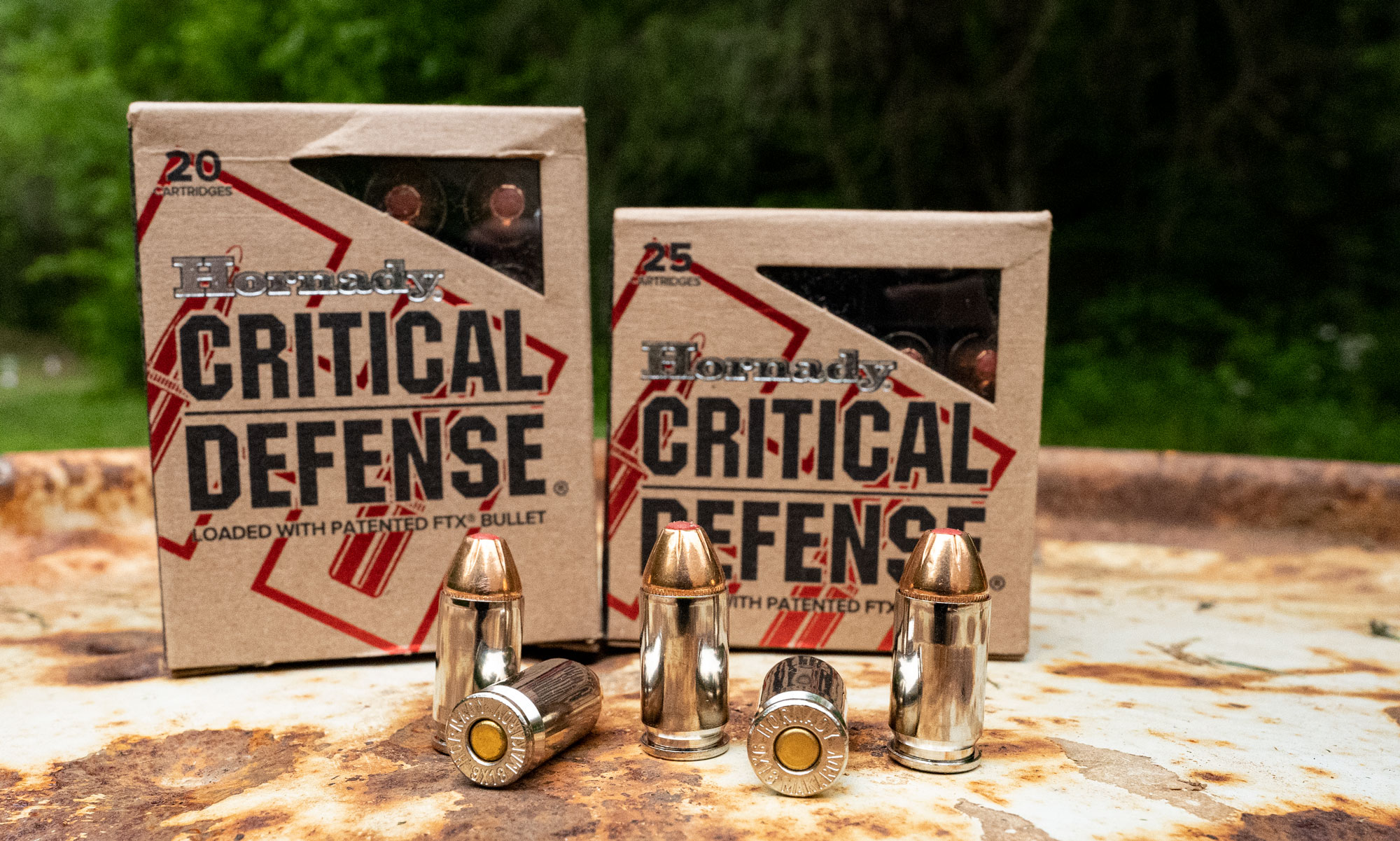 Hornady offers their Critical Defense line of ammunition to provide true stopping power when it is most needed.
Hornady offers their Critical Defense line of ammunition to provide true stopping power when it is most needed.
A Critical Defense cartridge features Hornady’s own FTX bullet, a high tech jacketed hollow point projectile. FTX features something Hornady calls the Flex Tip. That tip is a piece of soft polymer that serves two functions.
1.) It prevents the bullet’s nose cavity from clogging with debris that could inhibit its ability to trigger expansion.
2.) It jams inward during penetration to make that bullet expansion occur even more reliably. The wound channel delivered by an FTX is deep in addition to wide.
The bullet also features Hornady’s InterLock ring. This ring is a protrusion of the heavy jacket that effectively anchors it to the high antimony lead core. Its InterLock ring keeps the FTX’s core and jacket firmly rooted together, so the two can retain the weight and momentum required to tunnel deeply into a target.
The FTX is an accurate bullet as well. Its uniformly distributed core and concentric jacket complement superior rotational stability, enabling the FTX to hug its intended trajectory tightly. The FTX’s ballistically efficient profile also lets it generate less drag in flight. This means it can arrive at its target with more energy to transfer.
Powder
A Critical Defense cartridge is loaded with low-flash propellant. This is invaluable during a self-defense scenario in a dim environment, as it prevents the shooter from becoming blinded by bright light when their eyes have already become acclimated to the dark.
Casing
Critical Defense ammo also features a nickel plated brass shell casing. Nickel creates less metal-on-metal friction in a semi-automatic firearm, enabling it to feed and extract more smoothly. This ultimately helps you avoid jams. Nickel is additionally corrosion resistant. Its reflectivity makes a Critical Defense round easier to see in the chamber in poor lighting.
Critical Duty Details
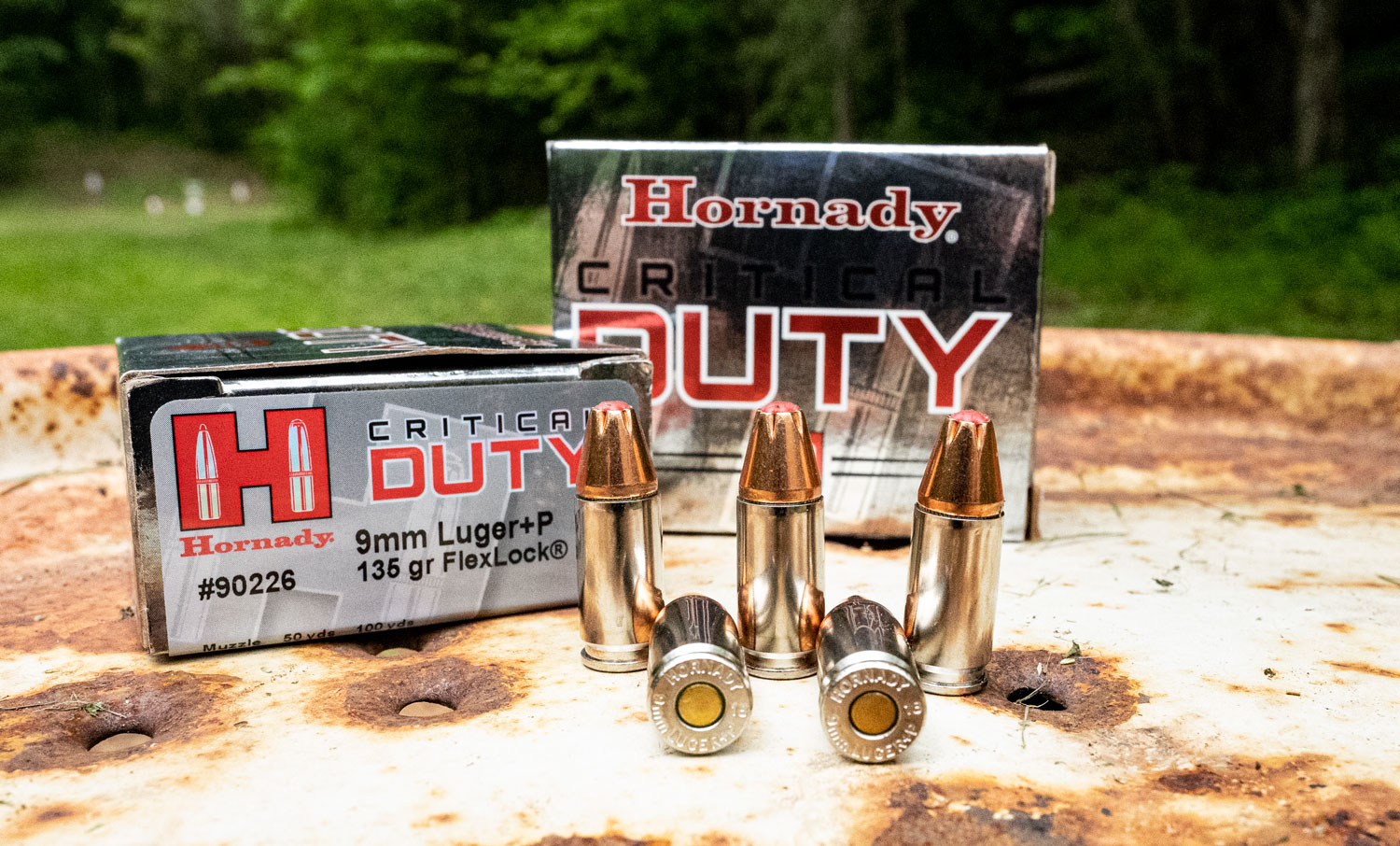 In addition to law enforcement officers, Hornady’s Critical Duty line of ammunition caters to those who value superior barrier penetration and prefer to carry a full-size handgun. A Critical Duty load also has the same brass shell casing as the Critical Defense load’s nickel plated casing. It features low-flash propellant and responsive Boxer primer.
In addition to law enforcement officers, Hornady’s Critical Duty line of ammunition caters to those who value superior barrier penetration and prefer to carry a full-size handgun. A Critical Duty load also has the same brass shell casing as the Critical Defense load’s nickel plated casing. It features low-flash propellant and responsive Boxer primer.
Bullet
The key difference is the bullet: Instead of an FTX, it has a FlexLock projectile. Like the FTX, the FlexLock’s hollow point nose cavity contains a Flex Tip that protects it from clogging during penetration. The FlexLock also has a high antimony lead core, although its jacket is even thicker. The FlexLock has an InterLock band instead of an InterLock ring, which keeps its jacket and core even more securely fastened to one another during barrier penetration.
In the FBI’s testing protocol, the FlexLock retains an even greater percentage of its weight than an FTX as it penetrates barriers including heavy fabric, wallboard, plywood, sheet metal, and auto glass.
The Takeaway
 Both Critical Defense and Critical Duty loads will deliver the expanding terminal performance that suits them so well for personal protection. The defining difference between Critical Defense and Critical Duty is their bullets’ ability to penetrate barriers. Critical Defense’s FTX is in no way incapable of penetrating most common urban barriers without retaining the mass it needs to inflict a deep wound channel. The Critical Duty’s FlexLock, however, delivers “barrier blind” performance characterized by virtually complete weight retention.
Both Critical Defense and Critical Duty loads will deliver the expanding terminal performance that suits them so well for personal protection. The defining difference between Critical Defense and Critical Duty is their bullets’ ability to penetrate barriers. Critical Defense’s FTX is in no way incapable of penetrating most common urban barriers without retaining the mass it needs to inflict a deep wound channel. The Critical Duty’s FlexLock, however, delivers “barrier blind” performance characterized by virtually complete weight retention.
Barrier penetration is crucial for cops on duty. They are more likely to encounter a threat that will take cover and fire back at them. When a cop’s bullet has to pierce a car door or wall to neutralize a suspect, Critical Duty delivers.
A Critical Defense cartridge provides its full potential out of a smaller, more easily concealed handgun. A Critical Duty cartridge, on the other hand, is designed to deliver optimal performance only out of a full-size handgun. This isn’t to say a Critical Duty load won’t function in a compact handgun – but it won’t deliver its very best performance, either.

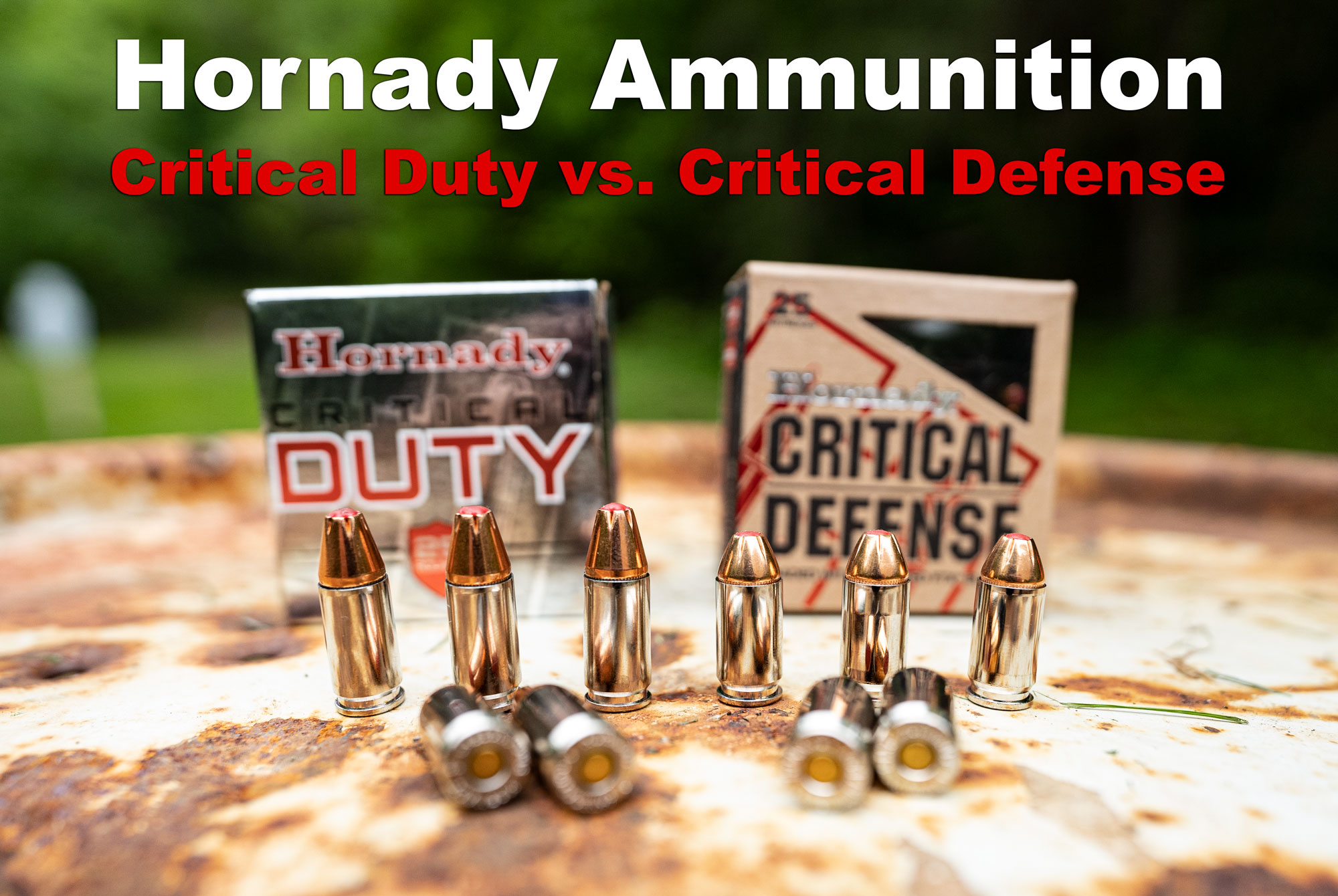
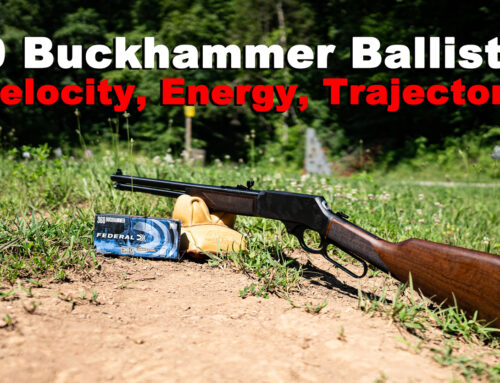
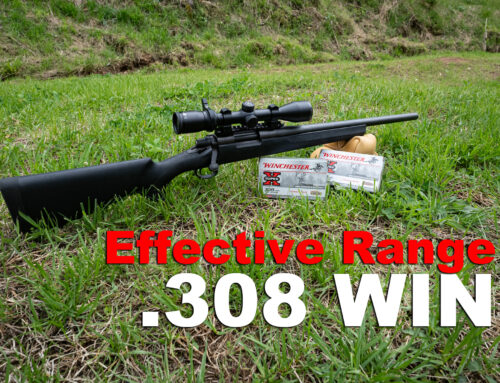
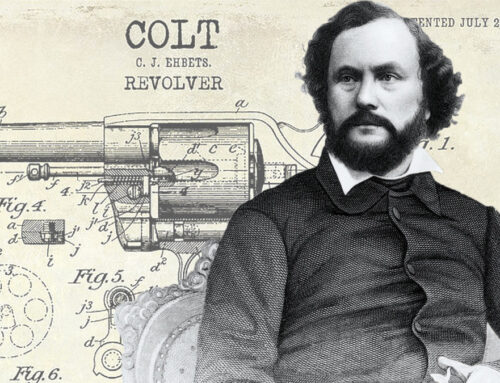
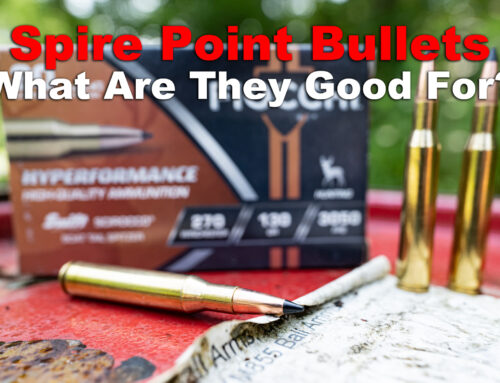
I have used Hornady ammo for years. They have always filled that best value spot of reliability, accuracy, consistancy and terminal performance. The plastic plug in my book gives them a substantial advantage over a conventional round. But I am not sold on the critical defense/ critical duty division of rounds.
For home defense, conceal carry or police work with a full size or medium frame with a 4″ to 6″ barrell I think the Critical Duty would be the better round. Just as in a small frame or snub nose I think the critical defense would be better. Not even an experienced shooter is going to make a long shot out of a snub nose without blind luck factoring into the equation.
It seems to me these rounds should be marketed on the basis of gun size and barrell length. Would that not that type of division better ensure the round with the optimum performance for the weapon is used? I realize there is the penatration issue but is that not minor compared to bullet performance? Also I agree the recoil sensitive are better served going to a potent or mid range .38 special rather than trying to use 357 loads. For some reason this seems to be overlooked by marketing and “expert” advice. Perhaps because weak 357s sell fir more than potent 38s.
Hi Dudley – I suspect your suggestion about marketing these for barrel length is a good one. We can’t really speak for the decisions Hornady made on these but barrel length is a bit complicated for most new shooters. (Sometimes, getting the caliber correct is enough of a struggle for those just starting out. It could be that Hornady didn’t want to muddy the waters too much by over-complicating the decision.)
Is it OK to use Critical Duty Hornady 10MM round out of Springfield XDM Elite 3.8 Barrel.
Yep – you won’t have any issues there in terms of it working properly.
I have a s/w m&p 9mm ez with a 3.67 barrel. Which would recommend for this gun?
Great question Marc. You’re sort of “stuck” in-between with that 3.67″ barrel. In all sincerity, I might lean toward a Federal HST load instead of what Hornady offers.
I use a Glock 19 Gen5 (9mm) for my daily concealed carry. With a barrel length of 4.02 inches, would I be better off with the Critical Duty or Critical Defense ammunition? Any opinions or help on the topic would be greatly appreciated!